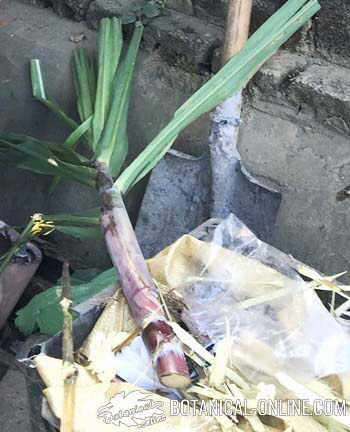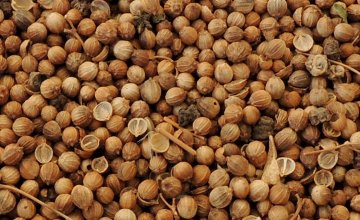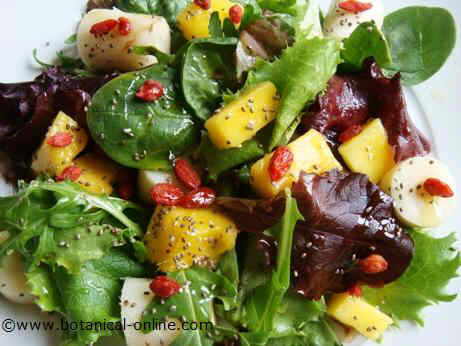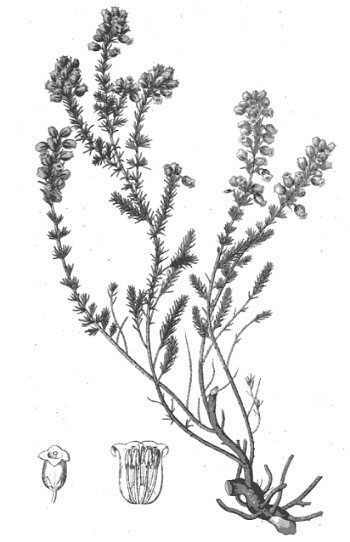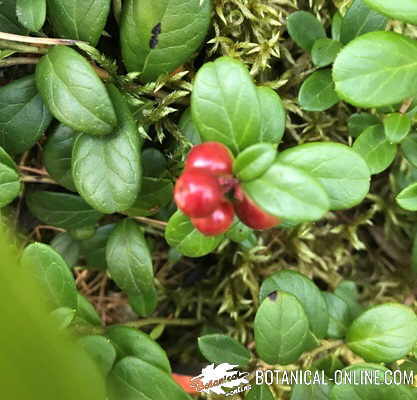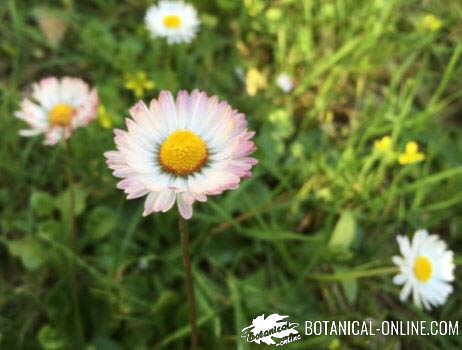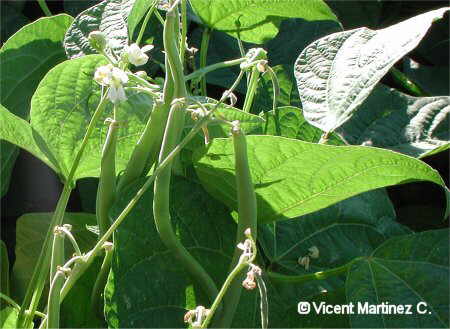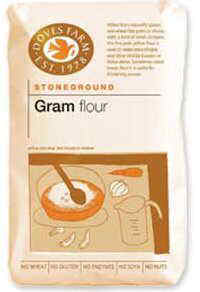Contents
Food uses of sugarcane
What is sugarcane and how is it consumed?
Sugar cane (Saccharum officinarum L.) is a plant of the Poaceae family (the same family as cereals) that is used in an important way for the production of sugar, one of the most universal sweeteners that exist.
However, it can also be eaten fresh. In the countries where it is grown, in any store you will find some them, which are sold in pieces. People eat the cane as they sit down to chat.
How is natural sugar cane consumed?
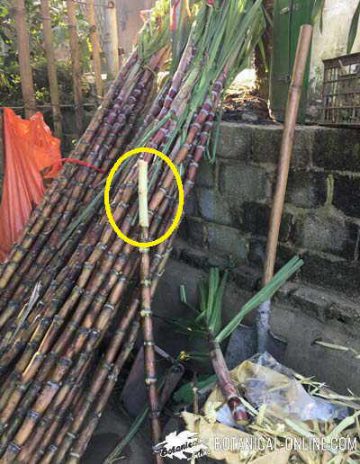
We learned to eat sugar cane on a trip to Vietnam, specifically, during a stay in the north of the country in the Sa Pa region. A guide from the Monk ethnic group taught us, in a shop in his town, how to consume cane of sugar.
- Select a sugarcane: in the countries where it grows, the markets always tend to have huge canes destined for sale, similar to the candy in the West.
- Peel the sugar cane: Stores have special knives to cut a piece of cane. Normally about 10-20 centimeters of cane are peeled, and if it is finished, it is peeled again until the whole piece is eaten.
- In the stores there are boxes to put the fibers that are removed or peeled from the cane.
- Cut a piece of the sugar cane: Logically it is not practical to take all the cane, the piece that has been prepared is cut.
- It is eaten by chewing it.
Sugar cane texture
It is a fairly fibrous and juicy sweet, so you have to chew it while squeezing its juice in each bite. The way you eat it may remind you of chewing gum, because you have to chew it for a while.
It is also not an extremely fibrous food, the fibers resulting from the chewing of the cane can be eaten or thrown away.
Flavor of natural sugar cane
Sugarcane is very sweet and it seems that we are eating water with sugar, although in bites, and with some nuances of flavor that fresh cane provides.
When we tried this food, being more natural and fibrous, we thought that it would be much less sweet than sugar, but quite the opposite. Without a doubt, it cannot be denied that sugar comes from sugar cane.
How long does it take to eat a piece?
Perfectly, a piece of cane of about 10 centimeters can last between 10 and 15 minutes.
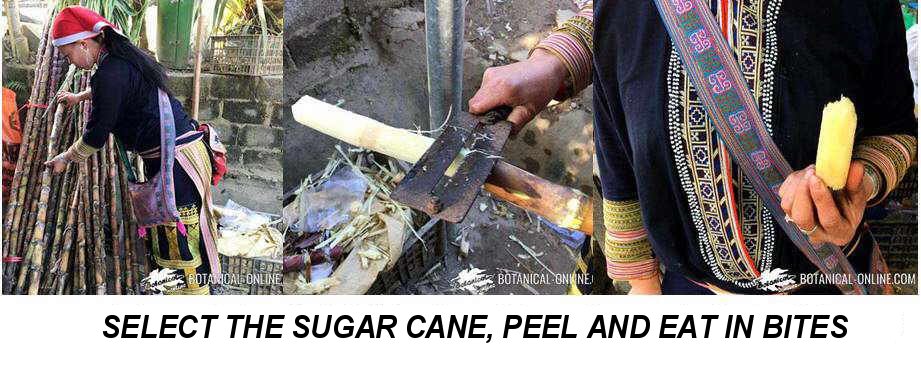
Derivatives of sugar cane
Sugarcane can be eaten in different ways:

Sugar cane in a store. Stem. Sweet sugar cane stalks are often chewed.
- Forage. Sugarcane is a plant commonly used for animal fodder, who love it, not only nutritionally as a source of carbohydrates, but also as a delicious sweet. Unfortunately, sugar cane is used less and less for this purpose and is mainly destined for its refinement.
- Cane sugar: product of the refining of the juice that is extracted from the stem of the sugar cane. It currently has thousands of uses as a food, preservative, coloring, for making beverages, etc. Outside of the food industry, it is also used in medicines, and is the basis for all syrups. Also in tanning products, cosmetics, etc.
- Panela. Solid product obtained through the evaporation and concentration of sugar cane juices.
- Molasses. Dense and viscous liquid of dark color, it is the final product of the manufacture or refining of sucrose from sugarcane. It is used in animal feed (increasingly in disuse) and as food for man.
- Beverages. Rum and liquor.
- Flower. The young inflorescences (spikes) of the variety “Tebu tellur” are eaten raw, steamed or roasted, and prepared in various ways.
Technological uses of sugarcane
- Bagasse: Bagasse is mainly used for industrial purposes. Bagasse is called the residue from the extraction of sugar cane juice, composed mainly of fiber (lignin). It is used in the manufacture of paper, cardboard, and fuel (alcohol). The yield of sugarcane for the manufacture of fuel: a ton of sugarcane yields 250kg of bagasse. This quantity when burning produces 6000 kg of steam. 4000 kg of steam is required to produce 60 to 70 liters of alcohol. The yield of sugarcane as fuel is therefore 60 to 70 liters of alcohol per ton. Industrial alcohol is used for explosives, synthetic rubber, and in combustion engines.
- Cachaça. Residue resulting from the clarification process of sugar cane juice during the manufacture of sugar. It contains plant minerals and organic matter. Its use is mainly as compost. It is also used in cattle feed and to obtain waxes (policosanols).
* Related information:
![]() More information on sugar
More information on sugar
9 May, 2021

